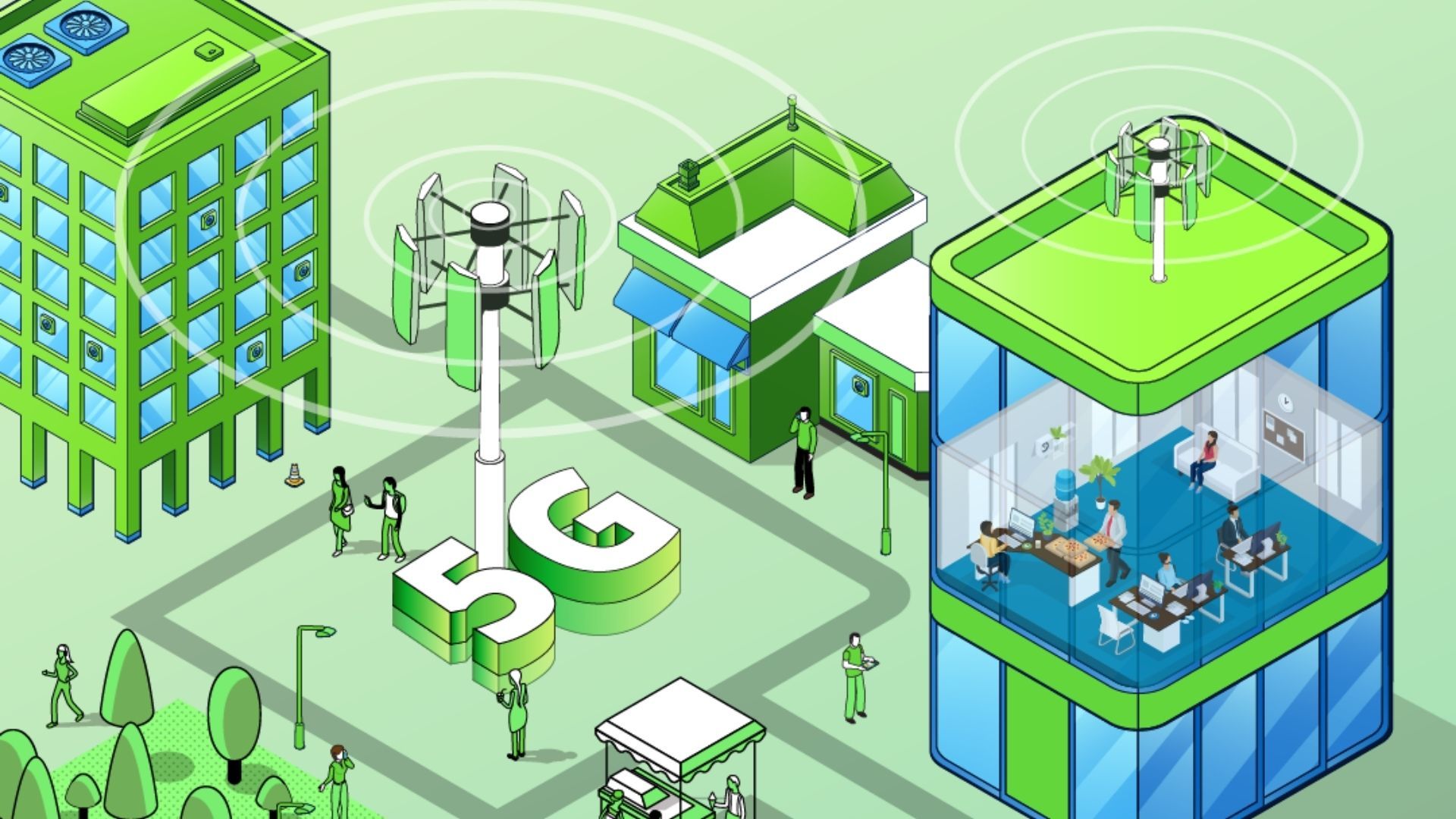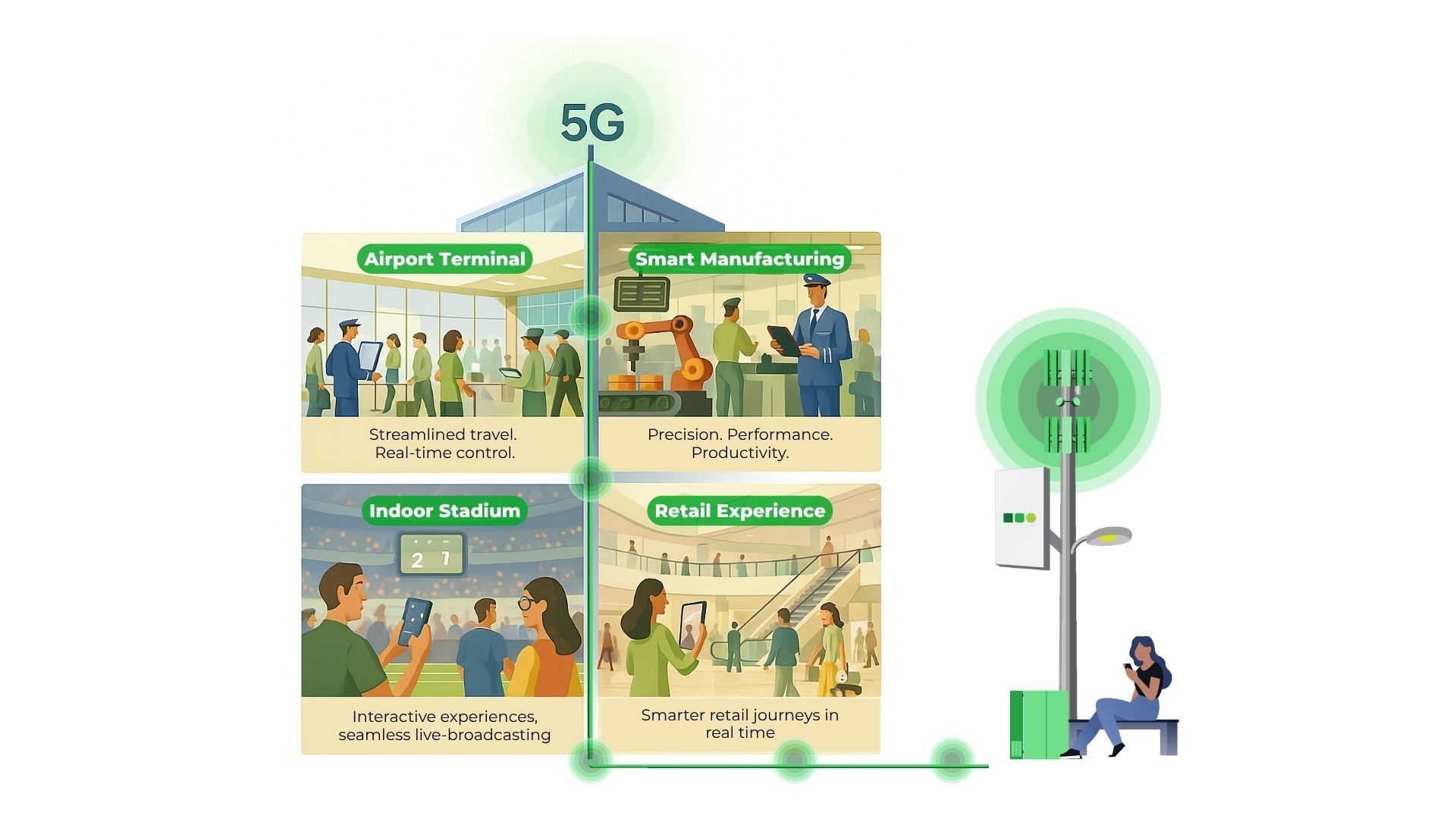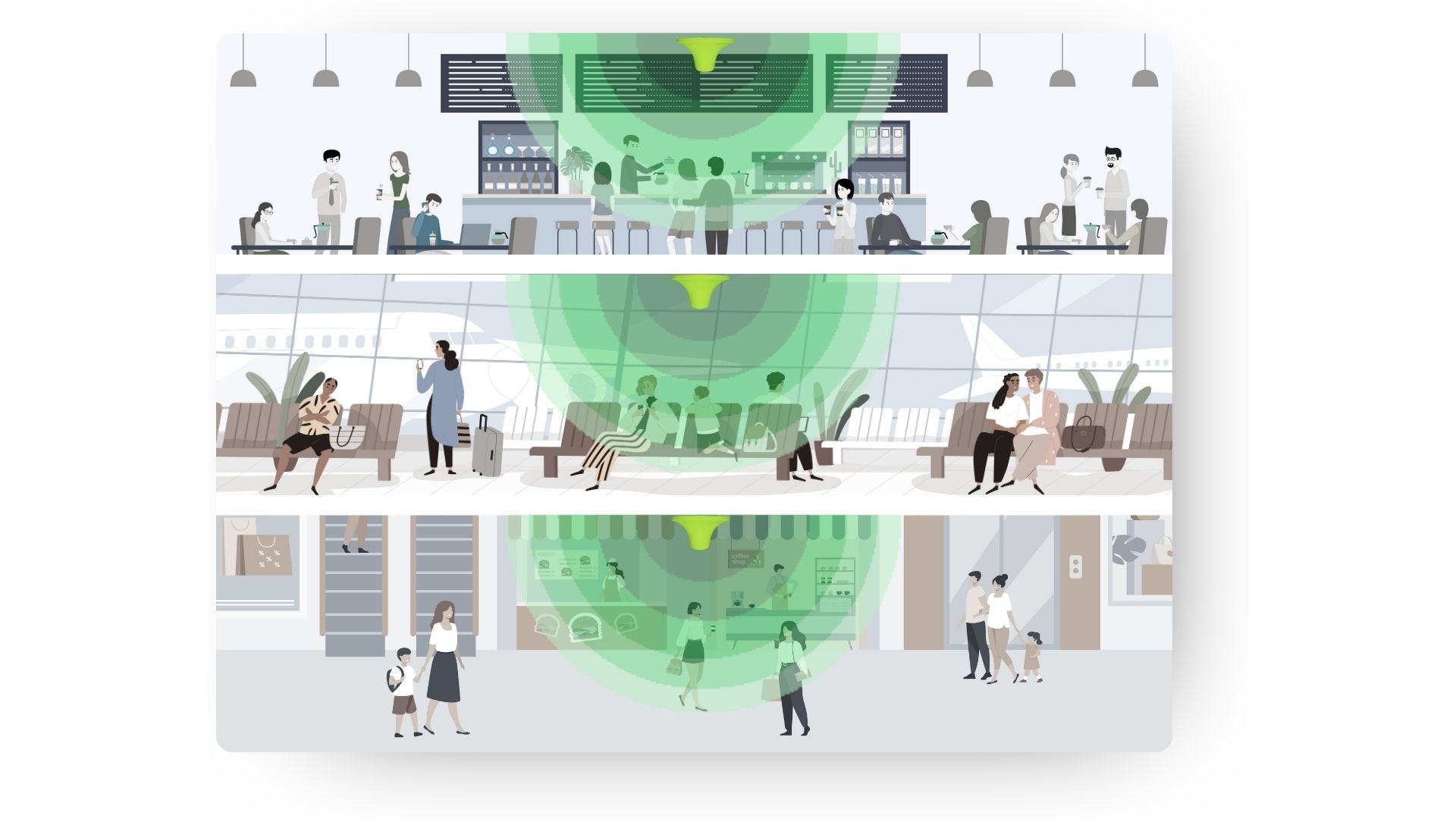
Why 5G Needs to Work Inside, Not Just Outside
You’ve seen the 5G billboards. You’ve heard the promises; ultra-fast downloads, real-time gaming, smart cities, and seamless streaming. But here’s the reality check, all that speed, all that potential, hits a wall the moment you step indoors.
Literally.
The truth is, 5G isn’t reaching us where we need it most. Whether you’re in a hospital, an office tower, a factory, a shopping mall, or just your living room. There’s a good chance your 5G signal is barely holding on. And that’s not just a minor inconvenience. It’s a fundamental flaw in how we build digital infrastructure.
The Indoor Gap No One Talks About

While telcos race to expand 5G networks outdoors, most users are inside. In fact, between 70% to 80% of all mobile usage happens indoors such as at work, at home, in transit hubs, and commercial buildings. But the high-frequency bands that power most 5G networks today don’t play well with walls, windows, or even foliage.
Mid-band and millimeter wave (mmWave) spectrum carry huge amounts of data, but their range is short and easily disrupted. That’s why your “ultra-fast 5G” turns into a buffering icon when you’re sitting in a meeting room or shopping for groceries.
MmWave refers to the extremely high-frequency band of the radio spectrum, typically between 24 GHz and 100 GHz, and is used in advanced 5G networks. Known for its ultra-fast data speeds and low latency, mmWave enables applications like real-time streaming, AR/VR, and high-capacity connectivity in dense areas such as stadiums, airports, and smart cities.
However, its high frequency means signals travel only short distances and struggle to penetrate walls, trees, and even rain, requiring a dense network of small cells and infrastructure like in-building systems and smart poles to function effectively.
The infrastructure might be in place, but the experience? Not so much.
This Is Where In-Building Solutions (IBS) Come In
In-Building Solutions (IBS) are engineered to deliver consistent, strong mobile coverage indoors. They use tools like small cells, signal repeaters, and distributed antenna systems (DAS) to bring outdoor signals into the heart of a building and then distribute it intelligently throughout.
IBS doesn’t just improve your phone signal. It’s what keeps smart hospitals running their devices in real time. It’s how smart factories manage their automation systems without hiccups. It’s why a video call from a 30-storey apartment works like a charm.
In short, IBS makes sure that when 5G arrives, it reaches the people and devices that need it.

Why This Matters More Than Ever
As we embrace smart cities, IoT ecosystems, and Industry 4.0, we’re demanding more from our networks. 5G isn’t just about watching YouTube in 4K. It’s powering mission-critical operations such as remote surgeries, automated logistics, live public safety feeds, and real-time manufacturing dashboards.
These applications don’t have room for weak signals or dropouts. And if the infrastructure doesn’t extend indoors, the entire promise of 5G starts to unravel.
That’s why leading telcos and infrastructure partners are shifting gears. Instead of treating IBS as an afterthought, they’re integrating it from the start, especially in high-density urban zones, transport infrastructure, and enterprise complexes.
Because 5G can’t afford to stop at the front door.
Malaysia’s 5G Rollout: The Infrastructure Challenge
Malaysia, like many countries in Asia, has embraced 5G as a catalyst for economic growth. Whether through Mobile Network Operator (MNO)-led rollouts, shared spectrum models, or neutral-host infrastructure strategies, the race to scale up 5G coverage is underway.
But there’s a blind spot in this race: indoor coverage.
No matter which model is used, be it every MNO building its own infrastructure, or telcos partnering to share resources, the challenge of signal propagation remains the same. Without a national framework or strong industry push for IBS adoption, even the most advanced 5G network risks underdelivering where it counts most.
Digital Infrastructure Is the New Public Utility
We no longer live in a world where internet connectivity is a luxury. It’s a lifeline. And like water or electricity, it needs to be accessible everywhere and not just in open spaces, but behind concrete, steel, and glass.
IBS is the layer that closes that gap. It’s not just telecoms infrastructure anymore, it’s digital infrastructure. And just like we wouldn’t build a skyscraper without power lines or plumbing, we shouldn’t design one without connectivity in mind. This means developers, landlords, and city planners all have a role to play. Building codes, occupancy certifications, and development incentives need to evolve to treat IBS as essential, not optional.
The Cost of Ignoring IBS
The price of leaving IBS out of the conversation isn’t just dropping calls or slow internet, it’s missed opportunities.
Businesses lose productivity. Tech solutions fail to scale. Public services struggle to deliver. And end users, expecting a “5G future,” find themselves stuck in yesterday’s signal black spots.
It also risks widening the digital divide. Communities in older buildings or underserved areas could be locked out of the benefits of 5G, not because the network doesn’t exist, but because it doesn’t reach them properly.
Time to Rethink How We Build and Connect

We’re at a critical turning point. The infrastructure is being built, the devices are ready, and the applications are multiplying. But unless we rethink how buildings are designed, retrofitted, and connected, we’re still holding 5G back.
We need buildings that are future-proof structures that are smart and connected. That means factoring in IBS during planning, investing in scalable indoor coverage tech, and partnering across industries to make it happen.
5G Starts Outside. The Experience Happens Inside
Yes, outdoor towers are crucial. They light up the signal. But it’s what happens inside that defines the real 5G experience for users, for businesses, for entire industries.
In-Building Solutions are no longer optional. They are the backbone of a connected future that delivers 5G’s full potential. Because 5G isn’t just about the signal. It’s about what that signal allows us to do, seamlessly, wherever we are. And until 5G works inside as well as it does outside; we’re not truly there yet.
Discover how EDOTCO is powering digital infrastructure across Asia here.
##END##
Written by
EDOTCO Editorial
Related Posts

- Laman EDOTCO
- Block D, Dataran PHB
- Saujana Resort, Section U2
- 40150 Shah Alam, Selangor, Malaysia
- Tel: +6 03 2779 2699
- Hotline (WhatsApp): +6 019 372 1840
- Hotline (Office): +6 03 7890 5850
- Email: oc@edotcogroup.com
![]()
EDOTCO Group Sdn Bhd
(1022843-U)
For any towers or tenancy-related queries
related query, kindly contact:
© 2026 EDOTCO Group Sdn Bhd (1022843-U). ALL RIGHTS RESERVED.

